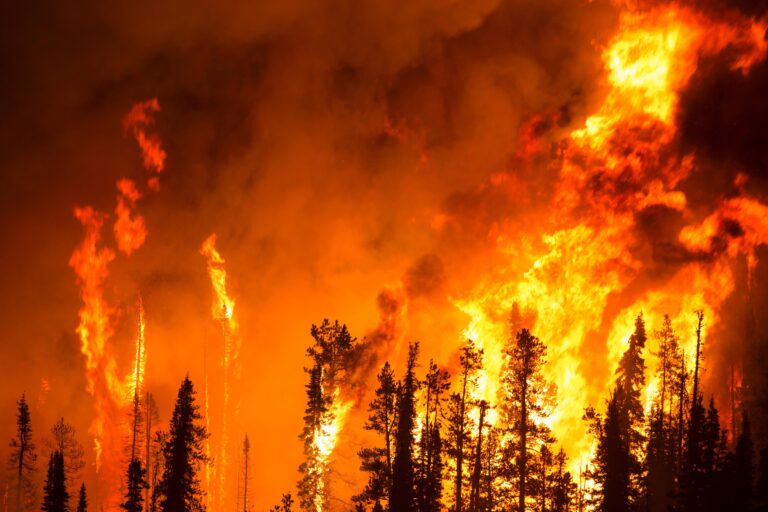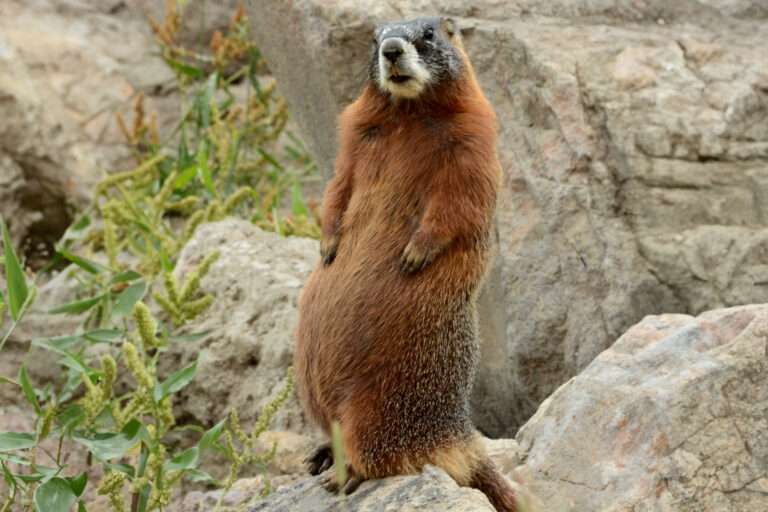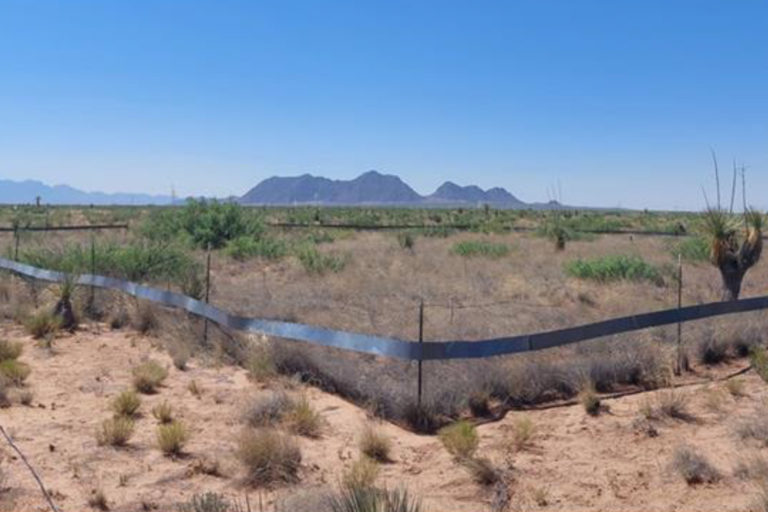
Seedling Scramble: How Warming Changes Plant Communities
New research explores how warming-induced changes in germination timing alters the order in which plant species establish themselves—and how that shapes plant community composition.

New research explores how warming-induced changes in germination timing alters the order in which plant species establish themselves—and how that shapes plant community composition.

A new study underlines the importance of wetland water quality for understanding the distribution and abundance of waterbirds.

ESA has updated its virtual collection on wildfire; ESA scientists with expertise on wildfire drivers, ecosystem impacts and other related issues are available for comment and questions.

Deep-sea mining’s impacts, the effects of climate change on bald eagles, the relationship between biodiversity and ecosystem stability and more from ESA’s journals.

A new study finds that North America’s largest native fruit tends to choke out woody bushes and flowering plants nearby, exerting a haphazard kind of pressure on would-be forest neighbors.

Growers and conservationists have a new weapon to detect invasive spotted lanternflies early and limit their spread: dogs trained to sniff out egg masses that overwinter in vineyards and forests.

New high-resolution models predict that some coral reefs in the Western Indian Ocean may be more resilient to climate change than previously thought.

A new study suggests the northern muriqui monkey, one of the most endangered species of monkey in the world, remains at risk — especially in the face of ongoing habitat disturbances.

Following successful eradication efforts on Australia’s Kangaroo Island, a new study calculates optimal strategies for culling feral pigs.

A new study shows that purple marsh crabs can significantly disrupt carbon cycling in salt marshes along the East Coast of the United States.

After examining water quality data from community scientists, researchers say it has value, but volunteers need support.

A first-of-its-kind map shows that the genetic diversity of koala populations is in decline across Australia, putting the iconic marsupial at increased risk of extinction.

The Ecological Society of America is pleased to announce its recent election results for four Governing Board positions and three positions for its Board of Professional Certification.

A new model built to understand wildlife interactions shows that coyote populations in upstate New York may benefit fishers but not American martens.

The discovery of insects that both pollinate a plant and distribute its seeds solves a long-standing botanical mystery and stresses the diverse roles insects play in our ecosystem.

The influence of changing rainfall on invasive grasses, how a major crop pest responds to heat waves, the substitution of one group of predators for another in salt marshes and the impacts of herbivores on grassland to shrubland transition in the Chihuahuan Desert.

A new study shows that artificial ponds created to restore peatlands exploited by humans achieve a balance similar to that of natural ponds, but it takes time.

Swedish forests with few tree species pose considerably higher risk of being damaged — and especially vulnerable is the introduced lodgepole pine.

New research reveals modern housing in rural Kenya attracts bats, potentially increasing human exposure to bat-borne pathogens.

In doing so, the wolves may act as pollinators – perhaps the first known plant-pollinator interaction involving a large carnivore.
Notifications